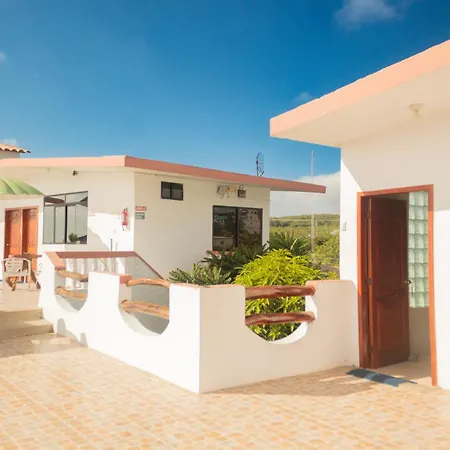San Cristobal Island Hotels for Your Next Holiday
Why Tourists Visit San Cristobal Island
- * Snorkeling with sea lions, turtles, and sharks at Kicker Rock.
- * Hiking trails at El Junco Lagoon and Frigatebird Hill.
- * Relaxing on Playa Mann and La Loberia beach.
- * Visiting the San Cristobal Interpretation Center to learn about Galapagos history.
- * Exploring Puerto Baquerizo Moreno's marine wildlife and local cuisine.
San Cristobal Island offers a total of approximately 40 hotels, ranging from budget hostels to luxurious boutique stays, with the majority concentrated in Puerto Baquerizo Moreno; the average price for a 3-star hotel is $80-$130 per night, whereas 5-star highly exclusive options are rare and average above $250 per night. New additions like Casa Playa Mann have quickly garnered attention for their eco-friendly design, personalized service, and beachfront location, offering travelers a modern yet sustainable stay experience.
San Cristobal Island, one of the main islands in Ecuador's Galapagos archipelago, is famous for its incredible wildlife including sea lions, giant tortoises, and blue-footed boobies, as well as pristine beaches and fascinating historical sites.
It boasts key attractions such as Kicker Rock, Playa Mann, the San Cristobal Interpretation Center, and the nearby Frigatebird Hill, making it a haven for nature enthusiasts and adventure seekers alike.
Whether you're snorkeling in crystal-clear waters, hiking in protected reserves, or enjoying fresh seafood in Puerto Baquerizo Moreno, San Cristobal offers a unique blend of relaxation and adventure.
San Cristobal Island Tips You Must Know
* Book accommodations at least 2-3 months in advance if visiting during the peak season (June to September or December to early January).
* Consider staying in Puerto Baquerizo Moreno for easy access to tour operators, restaurants, and boat trips.
* Use taxis, which are affordable and reliable, to navigate the small island, but confirm fares in advance.
* Pack lightweight, breathable clothing, sturdy walking shoes, and sunscreen for outdoor activities.
* Always follow local conservation rules, such as maintaining a distance of at least 6 feet from wildlife.































